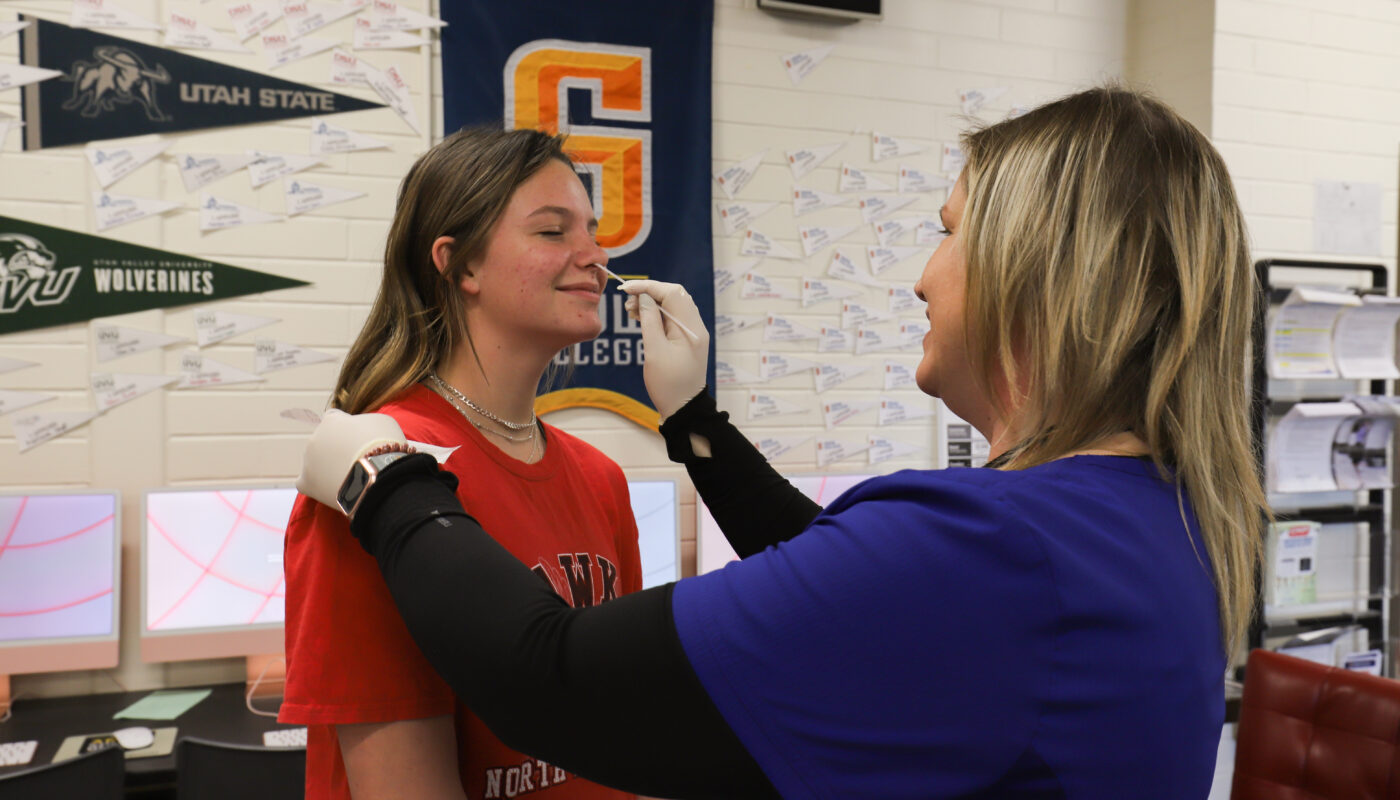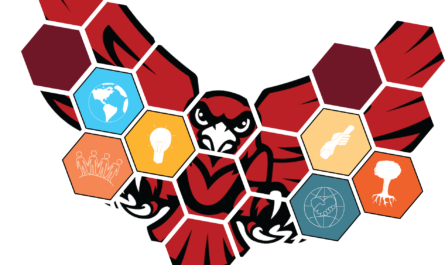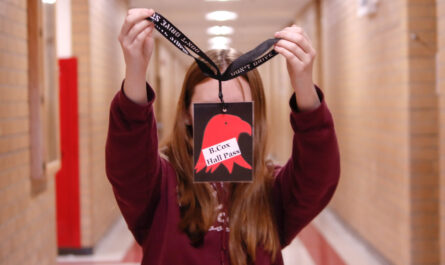photo by Michael Larsen – School nurse Shauna Rawlinson administers COVID test.
by Michael Larsen
Section Editor
As Omicron continues to spread, Utah struggles to keep up with staffing shortages and COVID test shortages. Utah health officials have suspended the “Test To Stay” protocol in Utah schools to manage resources. NS is now seeing the effects of Omicron.
“If you look at reported cases, we don’t see anymore, but do we see a lot more sickness? I think that’s pretty fair to say,” Assistant Superintendent O’Dee Hansen said. “I was at Moroni Elementary the other day, and this is pretty across the board: They have not had 100 percent attendance in any classroom for the whole year, so whether it’s Omicron or it’s another variant, they’ve had kids missing from every class.”
Because Omicron symptoms can be harder to detect, evaluation is much more variable. This year, absence rates have been high, but because of shortages in testing equipment, NS isn’t able to accurately measure the number of cases.
“There are many districts that don’t have [testing equipment],” Superintendent Nan Ault said. “Your nurses don’t have tests. Nobody’s testing anymore like they used to. So how do you know? So on the one hand, you should be monitoring those cases, on the other hand, I can’t because I don’t have tests. Now we still have some tests, and we’ll test until we run out.”
If cases meet a certain threshold set by county commissioners and the health department, NS may have to go to remote learning, instill a mask mandate, or start a “Test To Stay” event.
“The Governor allowed us two weeks to go remotely,” Ault said, “which you saw some of the schools up north do, but a lot of it has to do with staffing. So if you have so much of your staff gone, you can’t have school.”
NS has also found it harder to find substitutes for staff that are out because of COVID-19. Teachers feel more stress to keep classes running smoothly.
“A teacher worries about them selves but they also worry about all the kids in their classroom,” Hansen said, “teachers want kids in class, they want them to be successful, they want to help them bridge the gaps that have been created because of [COVID-19].”
NSSD is doing what it takes to keep in-person classes, all while accommodating COVID-19 cases. iPads are now available to elementary school students that have been quarantined. Quarantining happens when a student tests positive for any variant of COVID-19, including the new Omicron variant.
“People are getting the Delta variant,” said NS nurse, Shauna Rawlinson, “and because their immune system has dropped, their immune system is fighting something off, so it’s getting attacked one way and that makes it so the door’s open to get Omicron much easier. Instead of being sick for eight days or five days, now they’re sick for often two weeks.”
According to a report released by the Center for Disease Control on Jan. 22, vaccine effectiveness has begun to slightly decrease against the Omicron variant, and the third dose is highly effective at combating this. The CDC is urging that getting vaccinated is the most effective way to prevent hospitalization from new variants.
“It’s not that they’re better or worse,” Rawlinson said, “it’s just that you can get reinfected with the same thing because every time you get infected with it, it’s just a little different, so your body’s not quite sure how to fight it off.”
NS has recently hired two full-time school nurses and a school psychologist to help students and faculty deal with the effects of COVID-19 at NS.
“What we’re trying to get most focused on, as much as we possibly can, is just keeping academics and students at the forefront, right?” Hansen said. “Making sure they’re safe, they have an ability to learn, and they have that environment to learn safely.”
Because of state law, students are not required to wear face masks and contact tracing is only implemented during serious cases.
“We’re hoping that COVID is getting farther and farther behind us and now we’re being able to move forward,” Hansen said. “I think it’s great that we have students in classes and we have not as many people doing remote or distance ed. They’re in in-person instruction which is great, it’s valuable.”
NS has seen COVID-19 cases start to level and the health department expects Omicron to simmer down by late February.
“The schools are the heartbeat of the community,” Rawlinson said, “so if you look at the health department and the schools, you can see how well a community is doing.”




